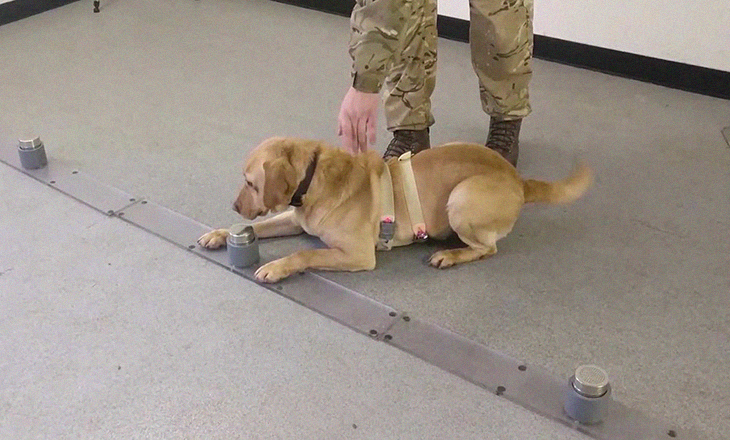
As the world and its population increase dramatically and with healthcare costs also increasing, devices that can monitor or track our health are now becoming more and more common. So much so that companies are looking into creating and using health tracking devices for our pets, too. At the Department of Bioengineering in the United Kingdom’s Imperial College London, a sensor that can be worn and monitor, as well as track vital signs even through clothing or even fur, was created. Its findings are reflected in the Advanced Functional Materials journal.
Developing the device was quite challenging, according to Firat Güder since the current technology for such health tracking devices needs to come in contact directly with the skin. Güder and his research team were responsible for the development of the tracking device.

The device is made of a stretchable silicone included in a compound material. It catches hydrogels or water and, like a stethoscope, lets in the production of acoustic waves. The material used can easily clasp around the clothing layer, body part or fur. Information from the sound waves is sent to the mobile device, right after the sound waves are transformed into a digital signal. Yasin Cotur, the first author of the study, says that how the sensor works is the same as a stethoscope. It would cover spaces or gaps in between it and the subject. This prevents air bubbles from dampening the sound and getting in.

Cotur says they would like to corroborate their system with sniffer dogs. Data from sniffer dogs would be more reliable as they are used by the police in detecting bombs and finding missing persons. As they track and find their target, their breathing increases and so does their heart rate. Authors are hopeful that this device will help define and make clear the exact baseline between the normal heart rate and breathing and determine dogs’ vital signs from the standard or normal rates.



